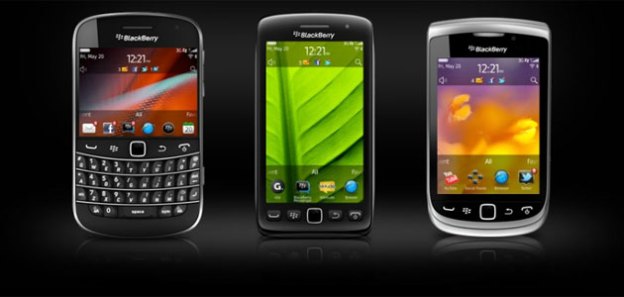
Details on RIM’s BlackBerry music app leaked out today from CrackBerry. According to their report, the music service is priced at $5 a month. However, BlackBerry owners will be able to activate a free trial of the application after downloading the BlackBerry music app. After activation, the user can download up to 50 songs at a time onto the phone. While the amount is extremely minuscule compared to Spotify’s offline caching of up to 3,333 tracks per mobile device, users will be able to listen to the song library of anyone using the app on the contact list. The amount of allowed connections is currently unknown at this time, but potentially offers access to thousands of songs for users with many connections.

There’s currently no Spotify application for the BlackBerry. On other smartphones, access to unlimited music streaming costs $9.99 a month and the user has the ability to sync playlists to the device with an offline mode switch. Paying for the service also removes the 20-hour limit of the free version and cuts out advertisements as well. The premium service also allows users to access alternative devices like the Logitech Squeezebox line, Sonos wireless music system and Onkyo home cinema receivers.


